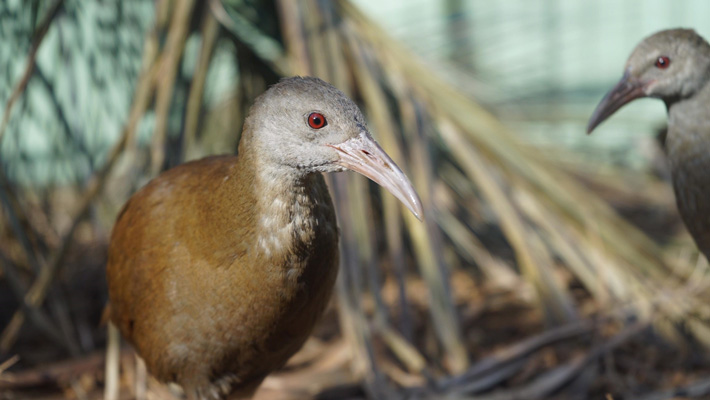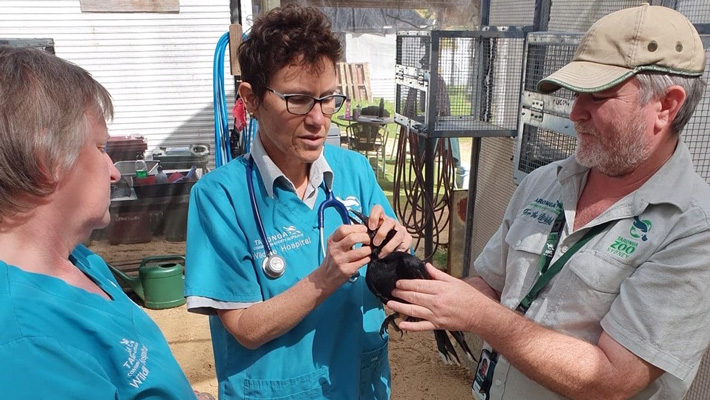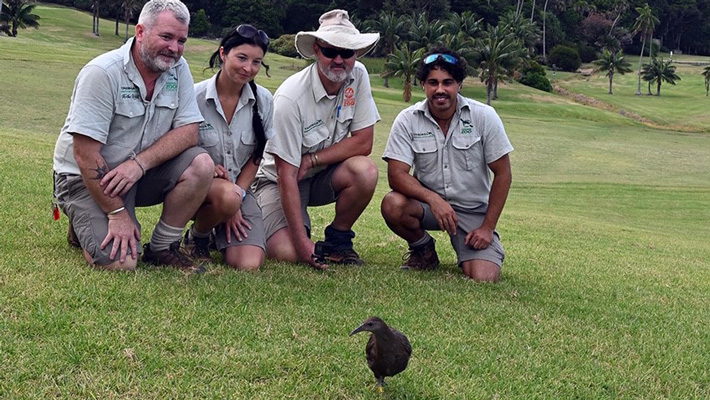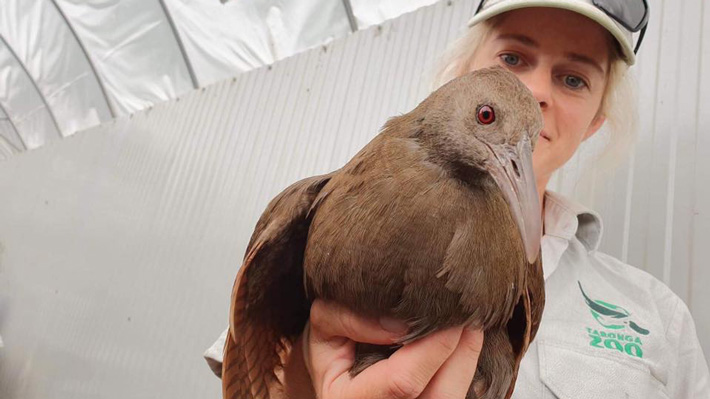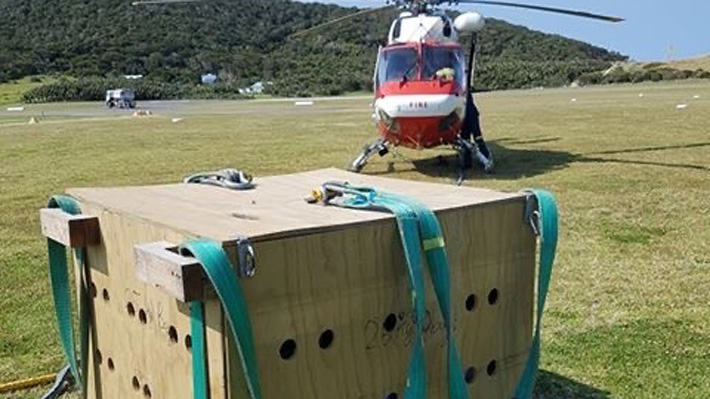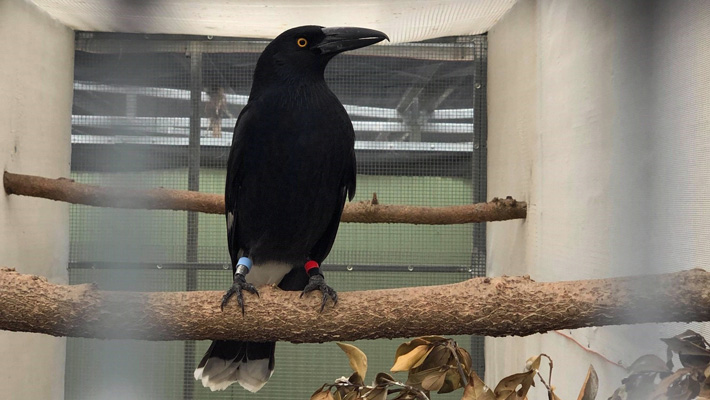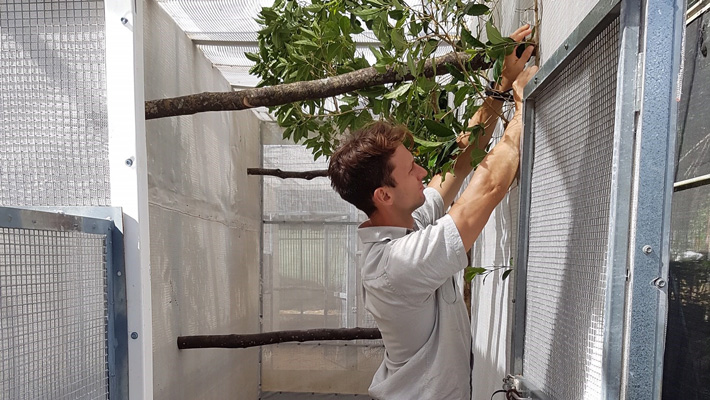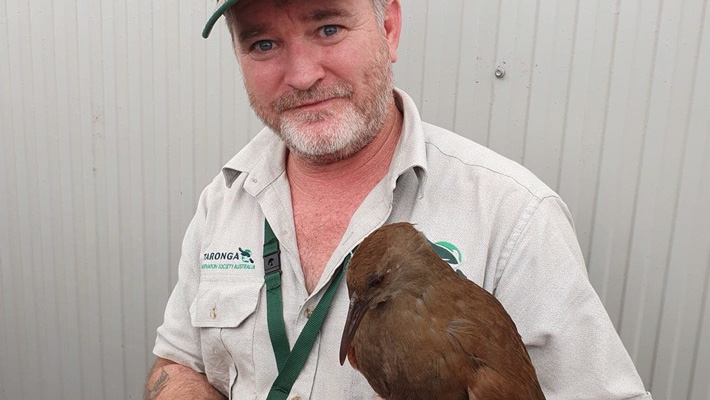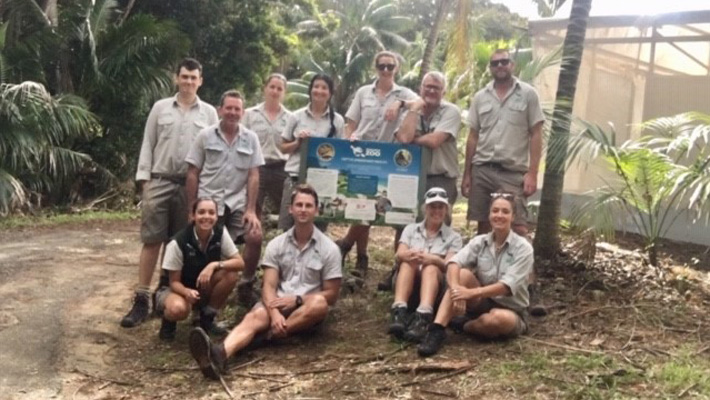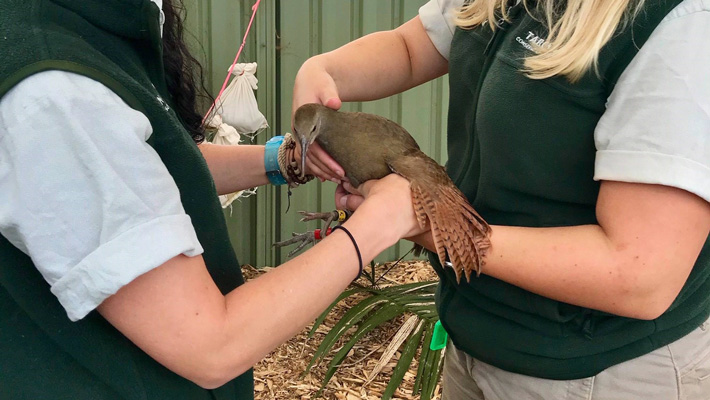Taronga Zoo are proud to have been a strategic partner in the delivery of the Lord Howe Island (LHI) Rodent Eradication Project. This project, established by the Lord Howe Island board and funded by the NSW and Federal Government, was the largest attempt undertaken to completely eradicate rodents from a permanently populated island.
Lord Howe is a World Heritage Listed site that boasts incredible biodiversity, home to many unique and endemic species with over 240 indigenous plants, almost 50% of those found nowhere else in the world, along with 207 bird and 1600 terrestrial insect species, including the world’s rarest insect, the LHI Phasmid. The island is truly paradise with a strong ecological restoration program to ensure the protection of this island from introduced invasive species.
Rodents were accidentally introduced to the island in 1908, and have been implicated in the extinction of 5 endemic bird species, 13 endemic invertebrates and 2 plant species and are recognised to threaten a further 70 flora and fauna species on the island. The LHI Board developed the Protecting Paradise program, aimed at removing destructive invasive species which included the Rodent Eradication Program which evolved with over 20 years of planning and was successfully delivered in 2019.
The project consisted of intensive baiting using Brodificoum over a period of 3 months using extensive ground baiting crews, detection dogs and aerial applications from helicopters in the wilderness areas. Non-toxic bait trails were undertaken in 2011 and two bird species were identified as vulnerable to the baiting process from primary and secondary poisoning, the flightless endangered and endemic Lord Howe Island Woodhen and Lord Howe Island Pied Currawong.
Our role
Taronga were engaged in 2009 to assist with developing a plan to protect these two species during the rodent eradication project. The Taronga team designed a rodent and predator proof facility, consisting of 70 aviaries and 10 pens to house the birds for the duration of the baiting process. Trials were successfully undertaken on island by the Taronga team in 2013 to test assumptions for housing and husbandry of both species. The full scale management facility was manufactured on the mainland and shipped to the island for construction in 2018. In April 2019 Michael Shiels, Bird Unit Supervisor and a team of experienced keepers from Taronga and Taronga Western Plains Zoo relocated to the island, receiving 220 Woodhen and 129 Currawongs into the captive management facility. All birds received health checks by Taronga veterinarian Dr Frances Hulst on arrival, establishing baseline health data for the Currawongs which were housed in pairs in aviaries and Woodhen, housed in family groups in pens.
Over 9 months the Taronga team had 33 staff on island to support the day to day management, husbandry and veterinary care to ensure the health and wellbeing of the birds throughout the project. Once the baiting process was successfully completed, birds were released in stages at their wild site of capture, with the final birds released in January 2020.
More detailed information about the project can be found on the Lord Howe Island Rodent Eradication Project website.
Taronga is actively engaged in and directly supporting over 45 conservation projects in Australia and around the world.
Field enquiries
For field enquiries related to the LHI project, please email Leanne Elliott on lelliott@zoo.nsw.gov.au.
Find out more about how the work we do in Conservation Science, Education and Wildlife Health contributes to Taronga’s vision of securing a shared future for wildlife and people.
